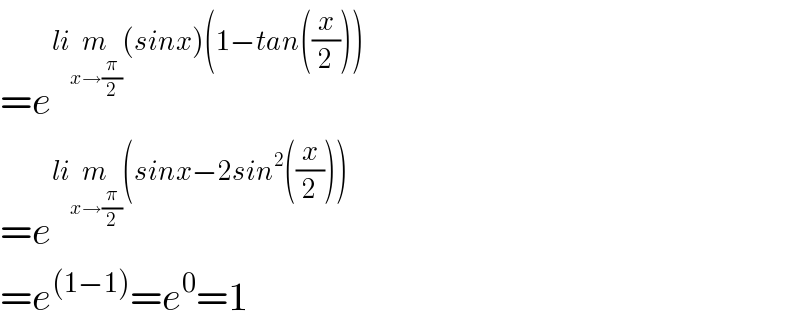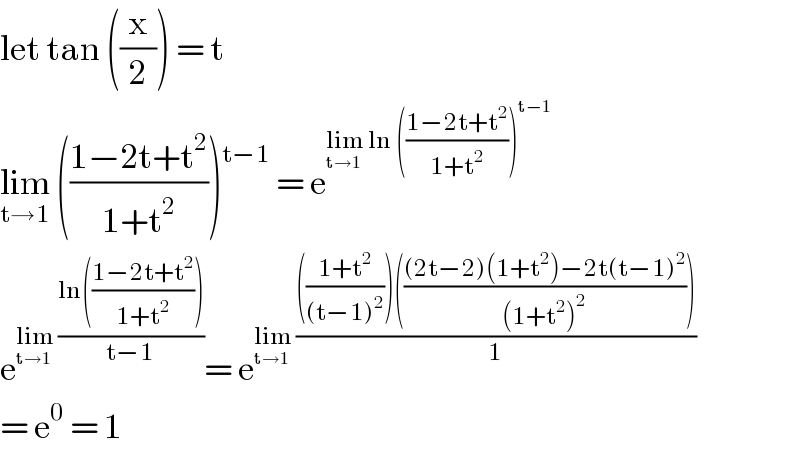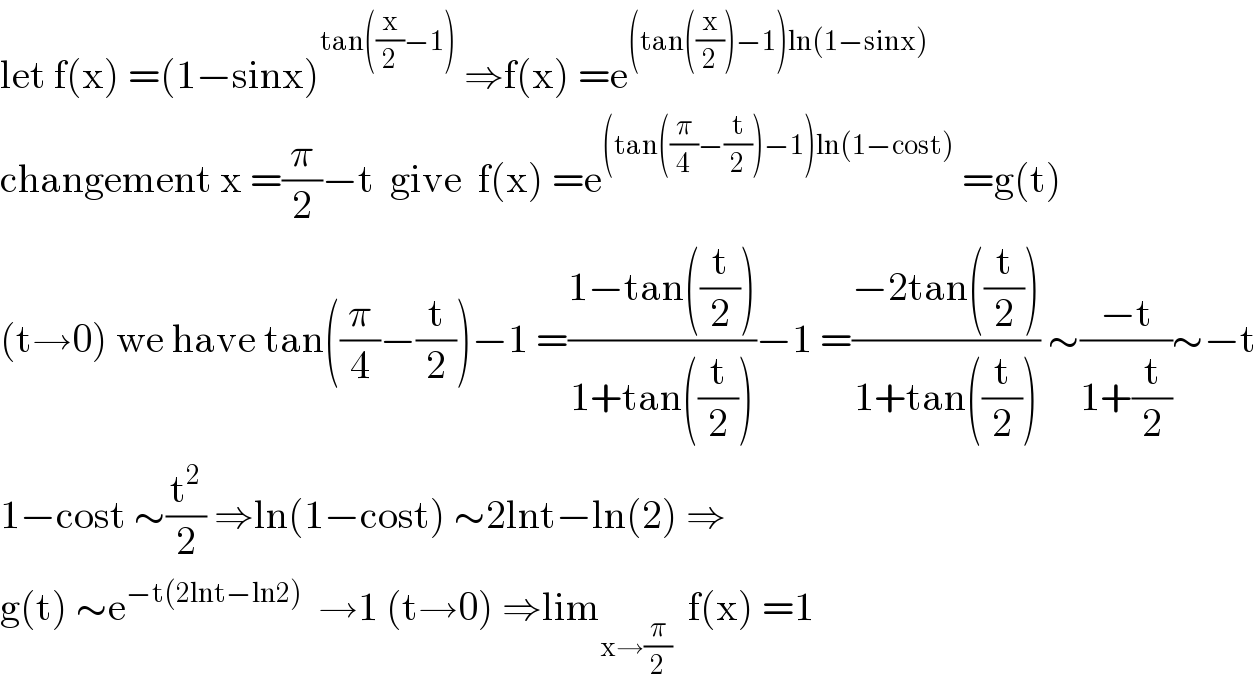
Question and Answers Forum
Question Number 99505 by bemath last updated on 21/Jun/20

Commented by Dwaipayan Shikari last updated on 21/Jun/20

Commented by Dwaipayan Shikari last updated on 21/Jun/20

Answered by john santu last updated on 22/Jun/20

Answered by mathmax by abdo last updated on 21/Jun/20

